
Asia Pacific
11:00, 28-Jan-2019
Australia's bushfire threat is intensifying
Updated
11:55, 28-Jan-2019
Greg Navarro
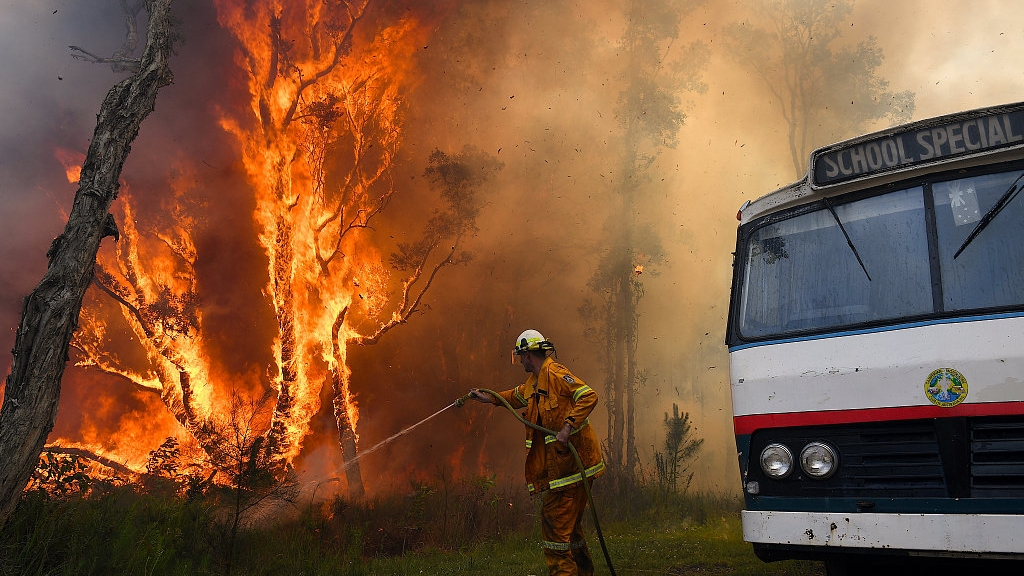
Late last year, Tess Ford witnessed something she had not seen before from the edge of her pub's property perched above Eungella National Park in the Australian state of Queensland.
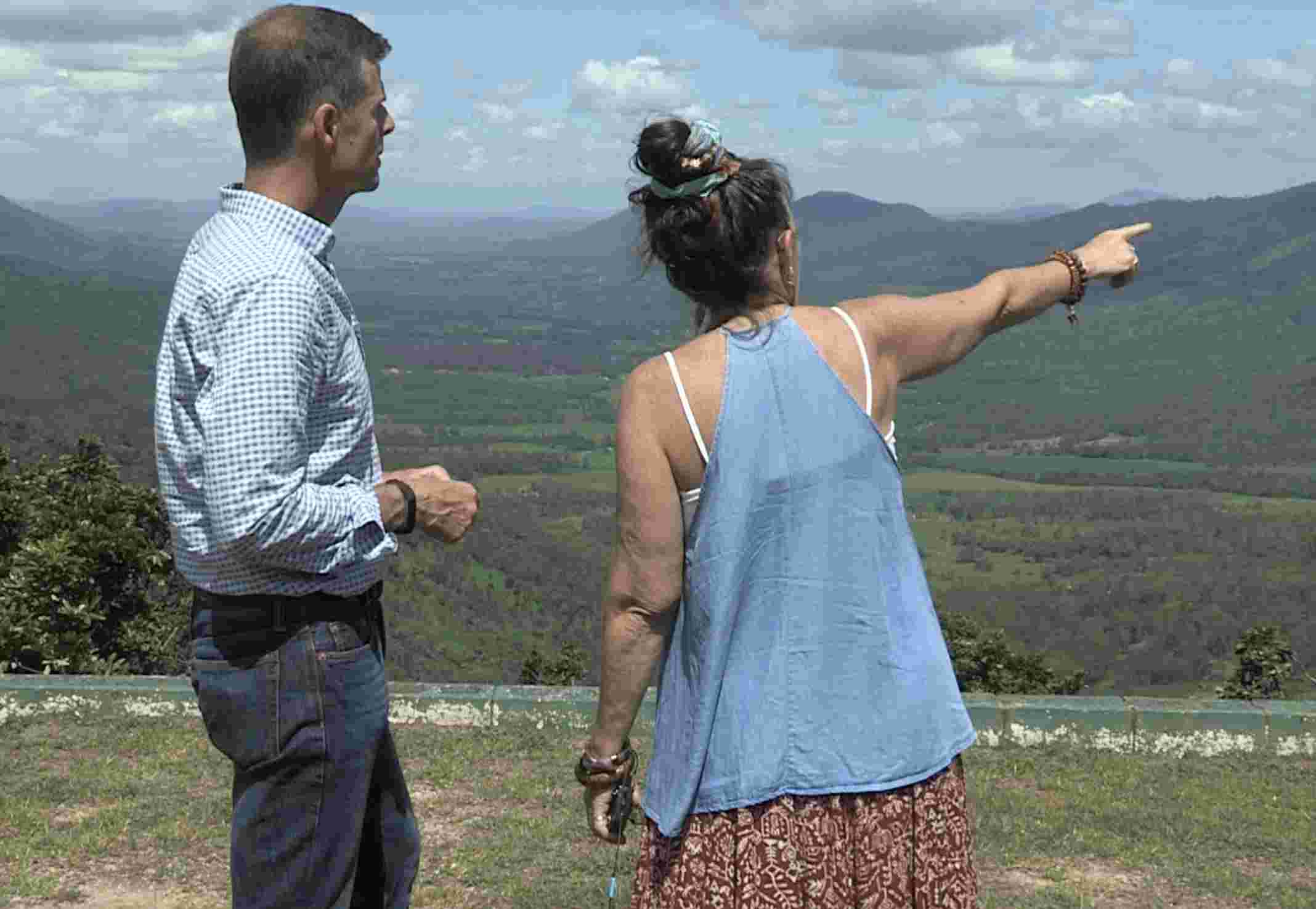
Tess Ford's property overlooking Eungella National Park in Queensland. /CGTN Photo
Tess Ford's property overlooking Eungella National Park in Queensland. /CGTN Photo
“The Thursday morning was the morning I got up and there was a massive fireball out here,” she said.
The fireball was the result of a bushfire that raced across the valley and hills below. While bushfires are common in Australia, especially in the southern part of the country during the hotter months, this one was different. It happened in a rainforest.
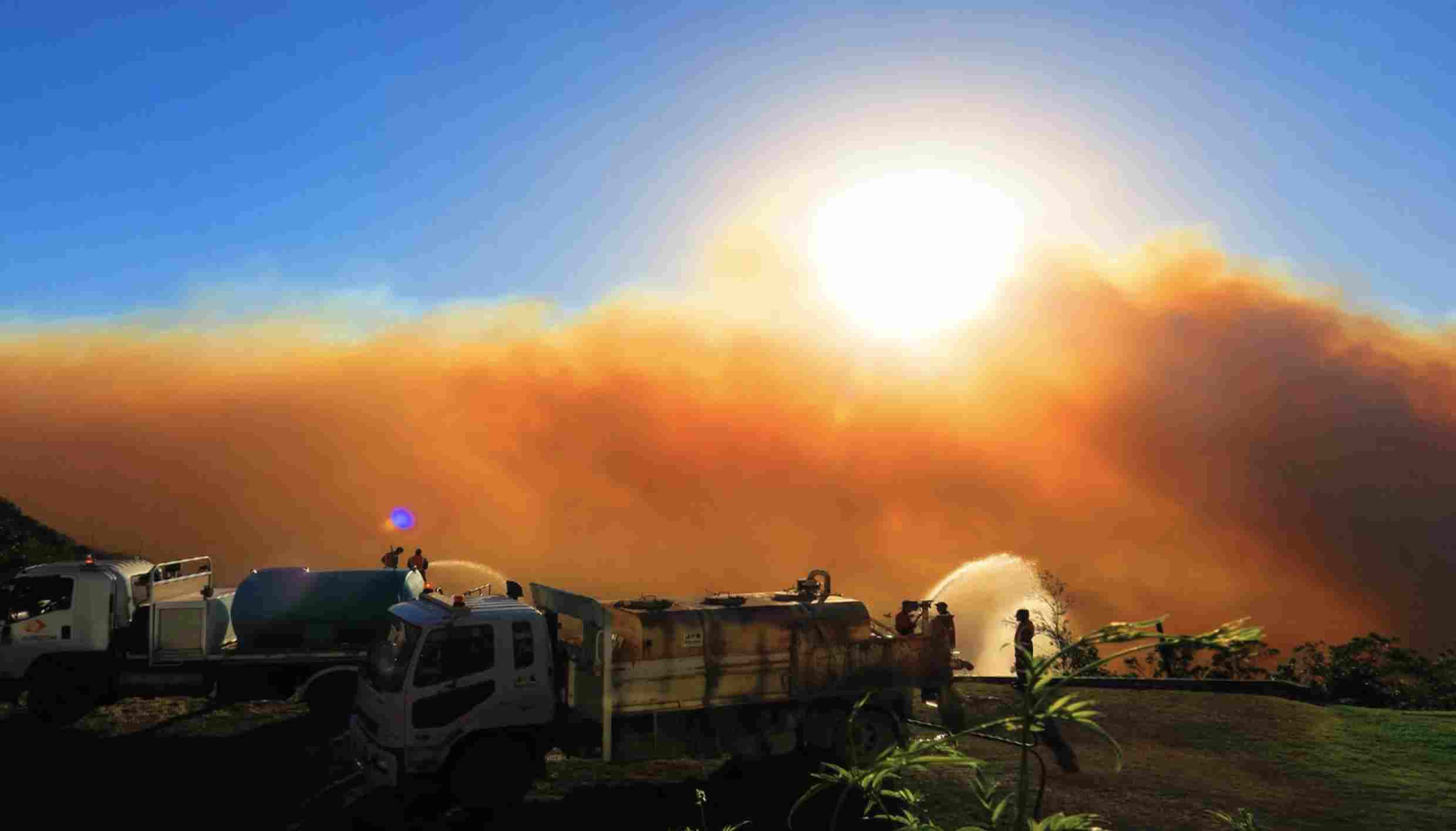
The 2018 bushfire in Eungella National Park /CGTN Photo
The 2018 bushfire in Eungella National Park /CGTN Photo
“At 4 or 5 in the morning, the fire raced up the hill and crowned through the rainforest, something that I had not seen before. I have been doing this for 32 years,” said Mackay Rural Fire Service area director Andrew Houley.
Other extreme weather events played a role in the fire, including Cyclone Debbie in 2017, which shredded parts of the canopy and left the ground littered with drying branches.
“What we are seeing in the last few decades, of course, is that projections of climate change are increasingly becoming observations of climate change,” said Macquarie University professor Lesley Hughes.
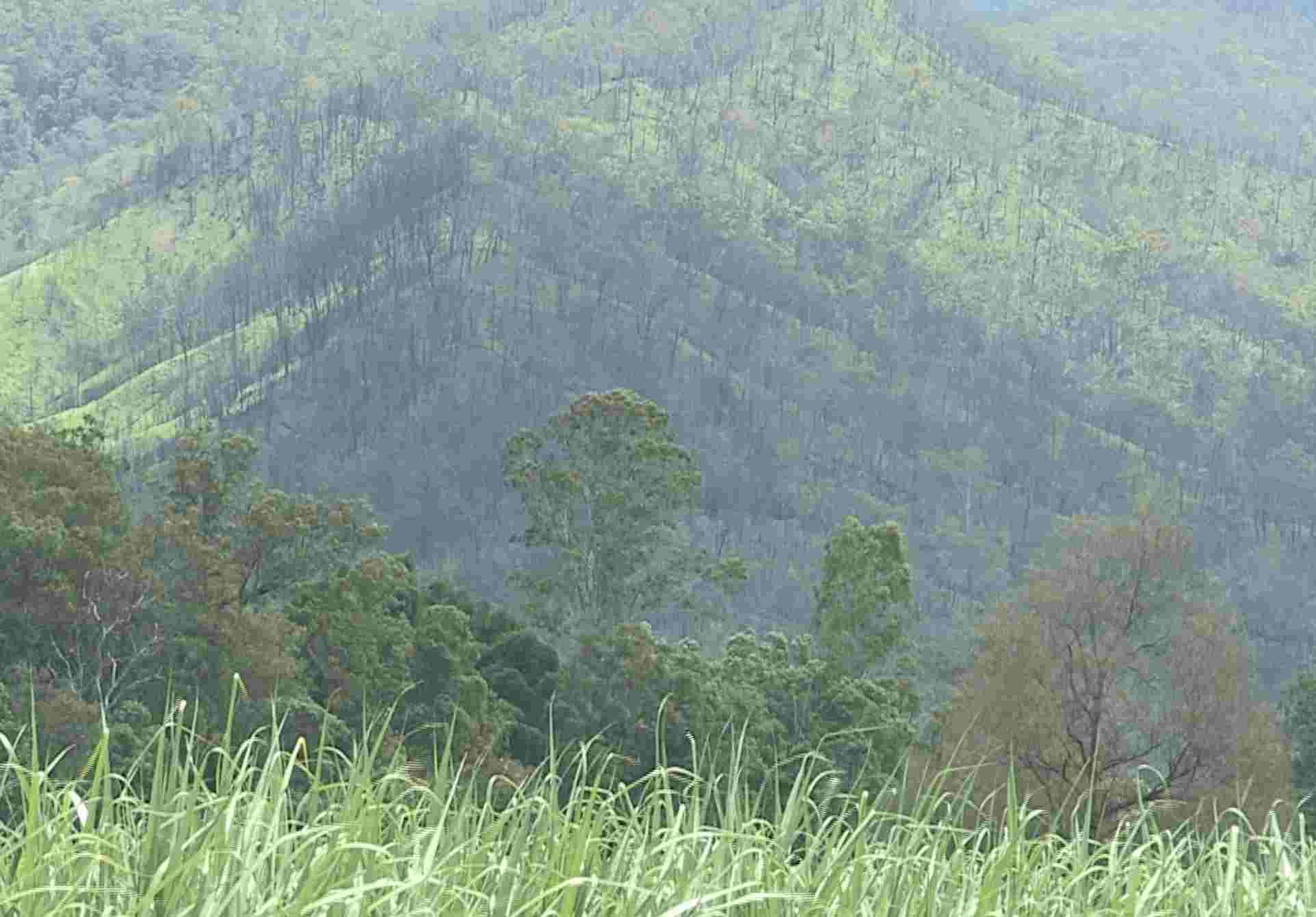
Remnants of a bushfire in Eungella, Queensland /CGTN photo
Remnants of a bushfire in Eungella, Queensland /CGTN photo
In Australia, the bushfire season is becoming longer, giving emergency workers less time to deal with other weather events.
“It becomes quite hard on the volunteers to actually have that recovery point because traditionally first fires in September finish in October, and everyone has a break, whereas that doesn't happen as much these days,” said Houley.
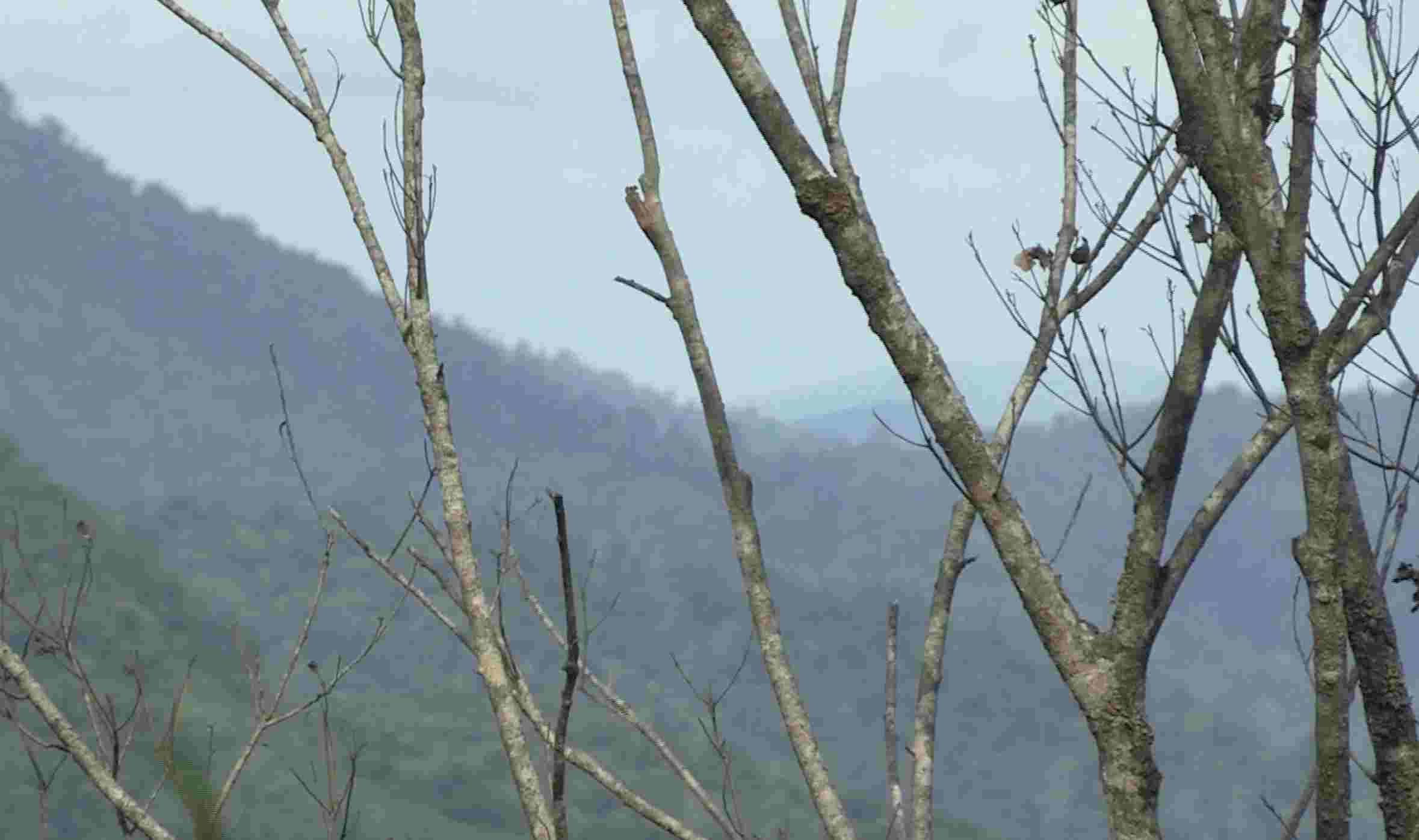
Eungella, Queensland /CGTN photo
Eungella, Queensland /CGTN photo
Tess Ford is worried about the lasting impact on the landscape around her.
“We will be watching the environmental impact very closely because part of the forest is not going to come back quickly,” she said.

SITEMAP
Copyright © 2018 CGTN. Beijing ICP prepared NO.16065310-3
Copyright © 2018 CGTN. Beijing ICP prepared NO.16065310-3